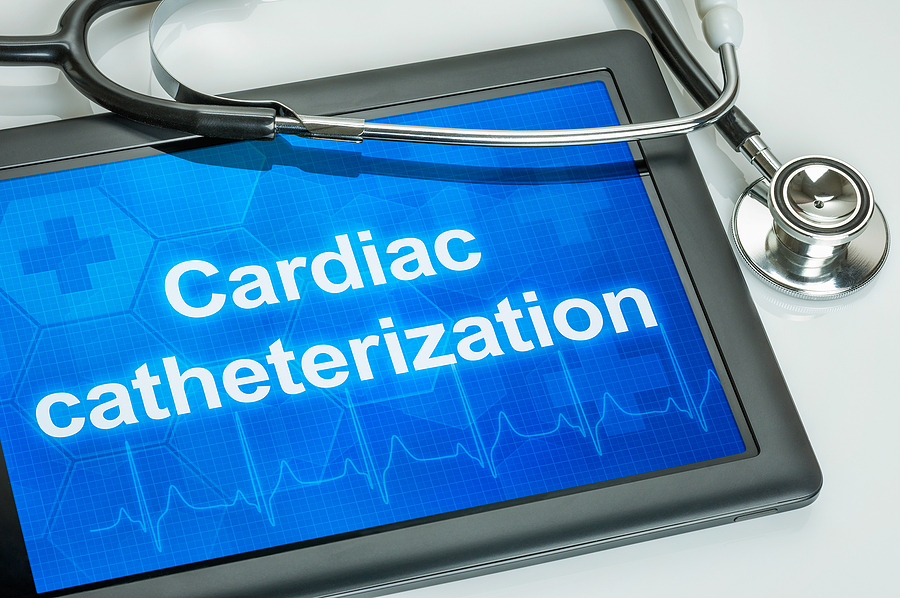Home > Services> Cardiac Catheterization
Cardiac Catheterization

Cardiac catheterization is a procedure in which a thin, flexible tube (catheter) is guided through a blood vessel to the heart to diagnose or treat certain heart conditions, such as clogged arteries or irregular heartbeats. Cardiac catheterization gives doctors important information about the heart muscle, heart valves and blood vessels in the heart.
During cardiac catheterization, doctors can do different heart tests, deliver treatments, or remove a piece of heart tissue for examination. Some heart disease treatments — such as coronary angioplasty and coronary stenting — are done using cardiac catheterization.
Usually, you’ll be awake during cardiac catheterization but be given medications to help you relax. Recovery time for a cardiac catheterization is quick, and there’s a low risk of complications.
Why it’s done
Cardiac catheterization is a common procedure done to diagnose or treat a variety of heart problems. For example, your doctor may recommend this procedure if you have irregular heartbeats (arrhythmias), chest pain (angina) or heart valve problems, among other things.
Cardiac catheterization may be done during the diagnosis or treatment of:
- Coronary artery disease
- Congenital heart disease
- Heart failure
- Heart valve disease
- Microvascular heart disease
During a cardiac catheterization, a doctor can:
- Locate narrowing or blockages in the blood vessels that could cause chest pain (angiogram)
- Measure pressure and oxygen levels in different parts of the heart (hemodynamic assessment)
- See how well the heart pumps blood (right or left ventriculogram)
- Take a sample of tissue from your heart (biopsy)
- Diagnose heart problems present from birth (congenital heart defects)
- Diagnose heart valve disease
- Examine the blood vessels for blood clots
Cardiac catherization may be done at the same time as other heart procedures, such as:
- Widening a narrowed artery (angioplasty) with or without stent placement
- Treating irregular heart rhythms with cold or heat energy (cardiac ablation)
- Closing holes in the heart and repairing other congenital heart defects
- Opening narrowed heart valves (balloon valvuloplasty)
- Repairing or replacing heart valves (heart valve surgery)
Published by The Mayo Clinic
